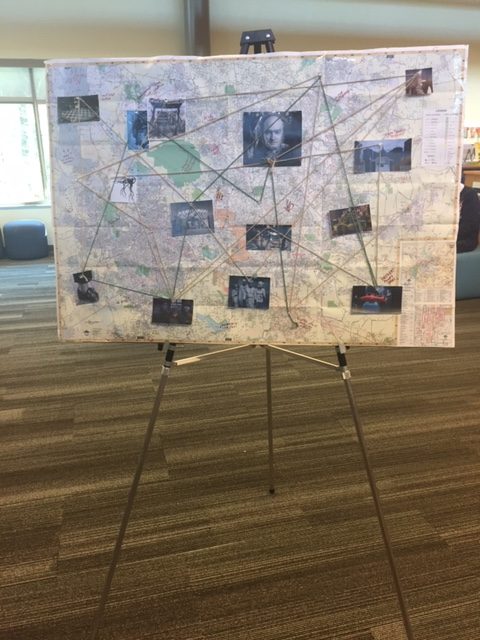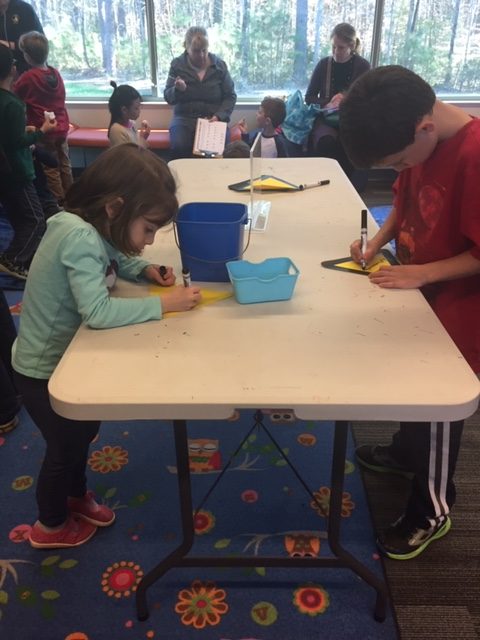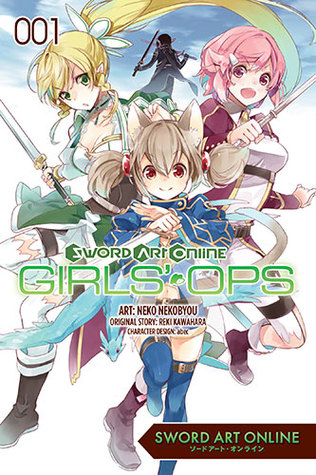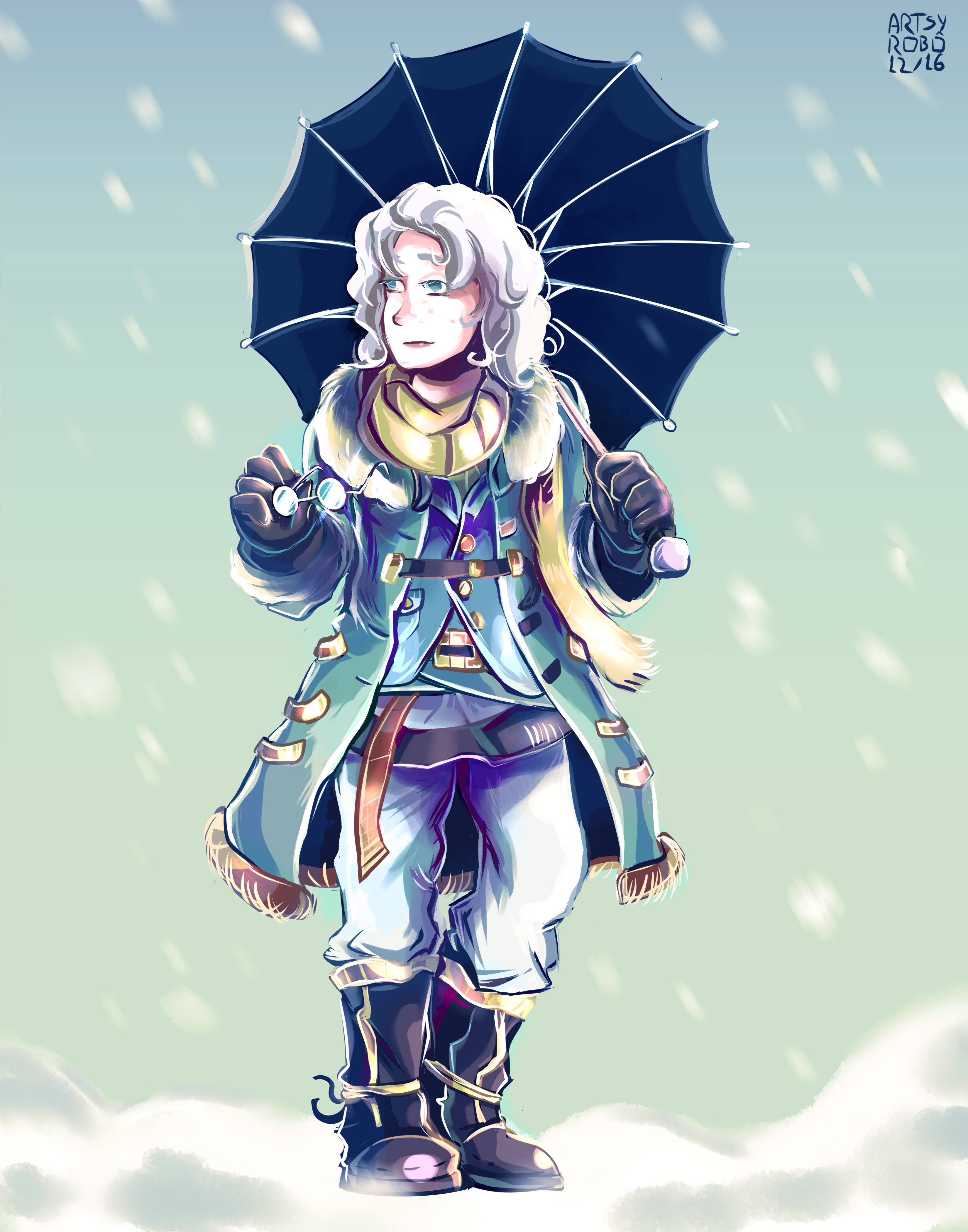Sometimes, when the world seems a little scary, you ask yourself: how can I use my powers for good? We all have powers of one kind or another. In addition to writing, it happens that I am a librarian. So here is one of my powers: book recommendations.
Note: Possibly you have encountered the term “own voices” (often seen as a hashtag, #ownvoices). It’s become popular in the publishing and reading community. This term refers to books about diverse characters (people of color, LGBTQIA people, people with disabilities, and more) that are written by authors who themselves come from those groups. I, like many, think that a sensitively-written book featuring diverse characters is valuable no matter who writes it, but I also recognize that there is value in (A) the authenticity of a book that draws on personal experience, and (B) promoting the voices of marginalized people, who often have a harder time reaching a mainstream audience than white/straight/cis/ablebodied/etc. people do. So the following list is of “own voices” books.
The world benefits, and we benefit, when we see diverse points of view. Here are some books that can help us do that. These are all books I have personally read and can highly recommend, which means that they skew heavily toward books for teens, though I’ve included a few other categories. If you’re holiday shopping, they make excellent presents!
Picture Books
Just in Case by Yuyi Morales – beautiful book that teaches the alphabet as well as having a charming, sweet story
Last Stop on Market Street by Matt de la Peña – winner of the 2016 Newbery and a Caldecott Honor book
Little Red Riding Hood by Jerry Pinkney – classic story; rich, gorgeous illustrations
Please Puppy Please by Spike Lee and Tonya Lewis Lee – adorable illustrations; cute story that reads aloud well
Middle Grade Books
The Crossover by Kwame Alexander – exciting basketball-centric story written entirely in hip-hop-esque poems
El Deafo by Cece Bell – funny, cute, and surprisingly informative graphic novel memoir
Mountain Dog by Margarita Engle – sweet novel in verse about a boy who, after his mother goes to jail, goes to live with his uncle and bonds with him and his search-and-rescue dog
Young Adult Books
I’ve heard people complain about YA books as a whole being too grim and bleak. Some of these books, I admit, are pretty sad and/or scary – and sometimes that intensity and feeling is what you want! (After all, The Fault in Our Stars became a smash hit for a reason.) But for people who could use an uplifting story, I’m tagging some of these in particular as ***Not a Downer!*** Doesn’t mean nothing bad happens in them, but it means they are ultimately uplifting and leave you with hope, excitement, and/or other positive feelings.
Ash by Malinda Lo – lovely Cinderella retelling
***Not a Downer!***
Brain Camp by Susan Kim and Faith Erin Hicks – this graphic novel is creepy, but fun-creepy
***Not a Downer!***
Burn Baby Burn by Meg Medina – thrilling historical fiction set during the infamous New York summer of 1977, when power outages and fires swept NYC while the serial killer Son of Sam terrorized the city
***Not a Downer!***
Fake ID by Lamar Giles – smart, fast-paced thriller
***Not a Downer!***
The Girl from the Well by Rin Chupeco – a poetically-written, chilling ghost story based on Japanese folklore
Hero by Perry Moore – clever and thoughtful superhero story packed with fantastical action
***Not a Downer!***
How It Went Down by Kekla Magoon – absorbing story that shows the aftermath of an incident when a white man shoots a black teen
If I Ever Get Out of Here by Eric Gansworth – clever, quietly-powerful story of a boy struggling with poverty and discrimination who discovers that if you let them, your friends can be exactly what you need
***Not a Downer!***
The Living by Matt de la Peña – taut thriller that follows a boy who is working on a cruise ship when a tsunami wrecks it, and the survivors realize that tsunamis are far from the only disaster hitting their world
Ms. Marvel by G. Willow Wilson – witty, exciting, utterly fabulous superhero graphic novel series
***Not a Downer!*** Seriously, like, the least downer-y thing ever written
Otherbound by Corrine Duyvis – fantasy with great worldbuilding, tight pacing, and an original premise
***Not a Downer!***
Outrun the Moon by Stacey Lee – well-researched, well-plotted, well-written historical fiction set in San Francisco during 1906, the year when a deadly earthquake strikes
Pointe by Brandy Colbert – a teenaged ballerina’s life is shaken when her childhood best friend, who was kidnapped years ago, is returned
Tell Me Again How a Crush Should Feel by Sara Farizan – a sort of romantic comedy set in high school; fun and unusual; also deals with bullying/harassment in a positive way
***Not a Downer!***
This is Where It Ends by Marieke Nijkamp – not for the faint of heart, this powerful story offers the viewpoints of various students during a terrifying school shooting
Adult Books
The Arrival by Shaun Tan – gorgeous, uplifting wordless graphic novel about an immigrant coming to a fantastical new city (great for kids and teens, too!)
The Ghost Bride by Yangsze Choo – I cannot tell you how lyrically beautiful this book, full of Chinese folklore, is, but trust me, it will suck you right into its intricate, fascinating world
House of Purple Cedar by Tim Tingle – gorgeous storytelling with touches of magical realism
Some resources to check out for further recommendations:


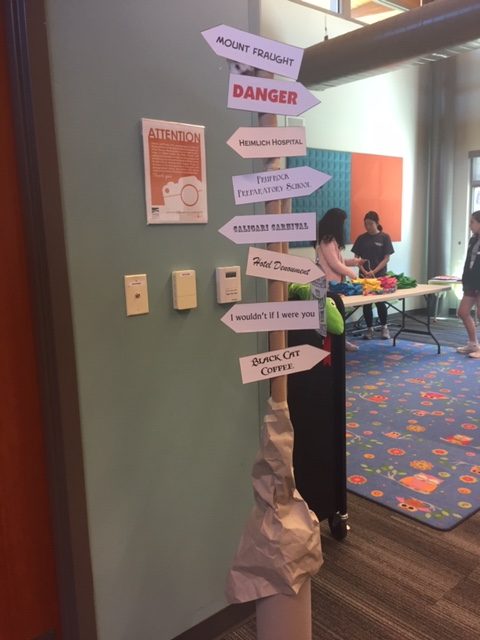 Our main, big craft was the felt Incredibly Deadly Vipers. Our volunteers had previously prepared three-foot-long strips of felt, tapered at one end, and little felt snake tongues. We followed the instructions in this video to have each kid (with assistance, if necessary) braid a snake. Both ends were secured with large amounts of hot glue.
Our main, big craft was the felt Incredibly Deadly Vipers. Our volunteers had previously prepared three-foot-long strips of felt, tapered at one end, and little felt snake tongues. We followed the instructions in this video to have each kid (with assistance, if necessary) braid a snake. Both ends were secured with large amounts of hot glue.

